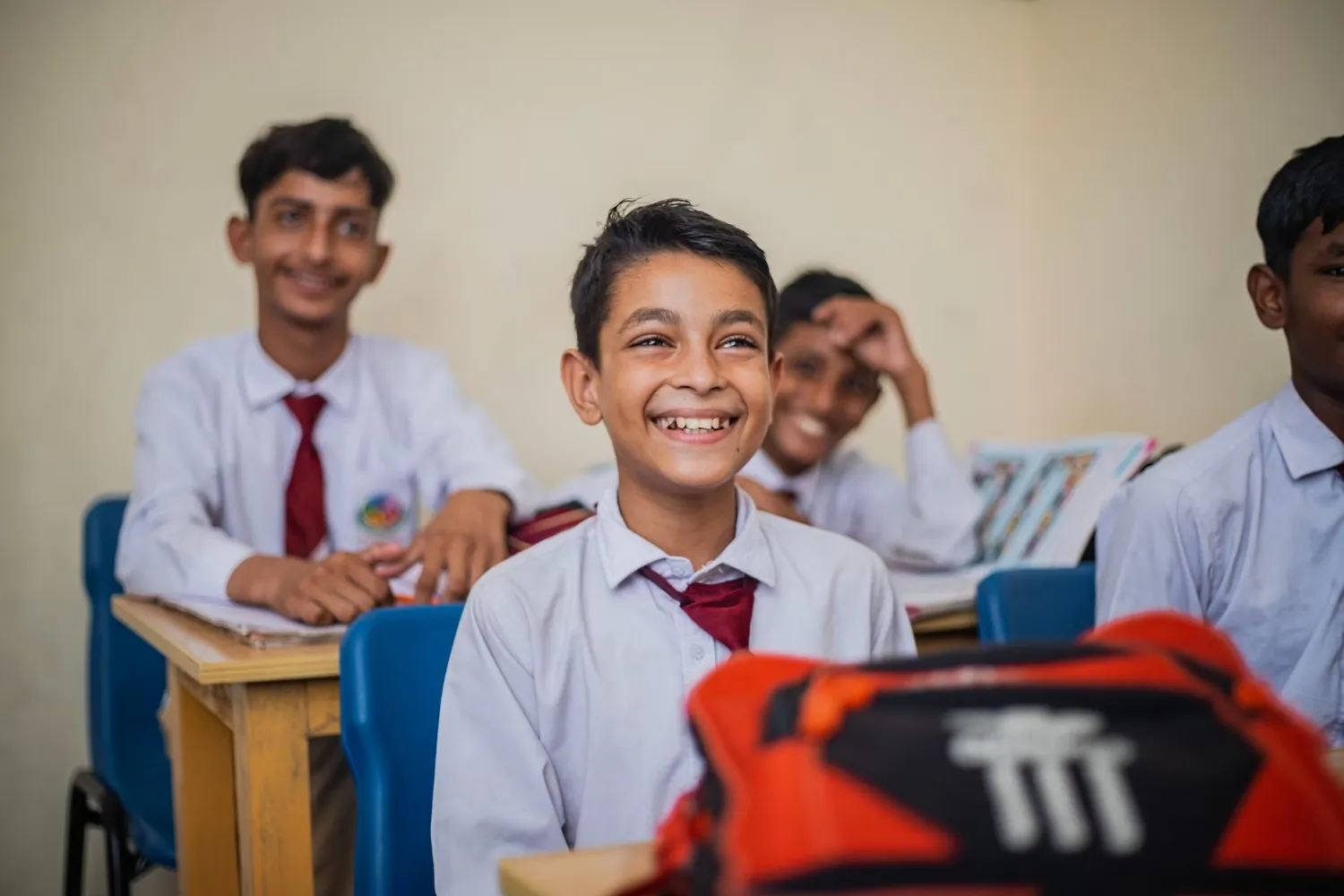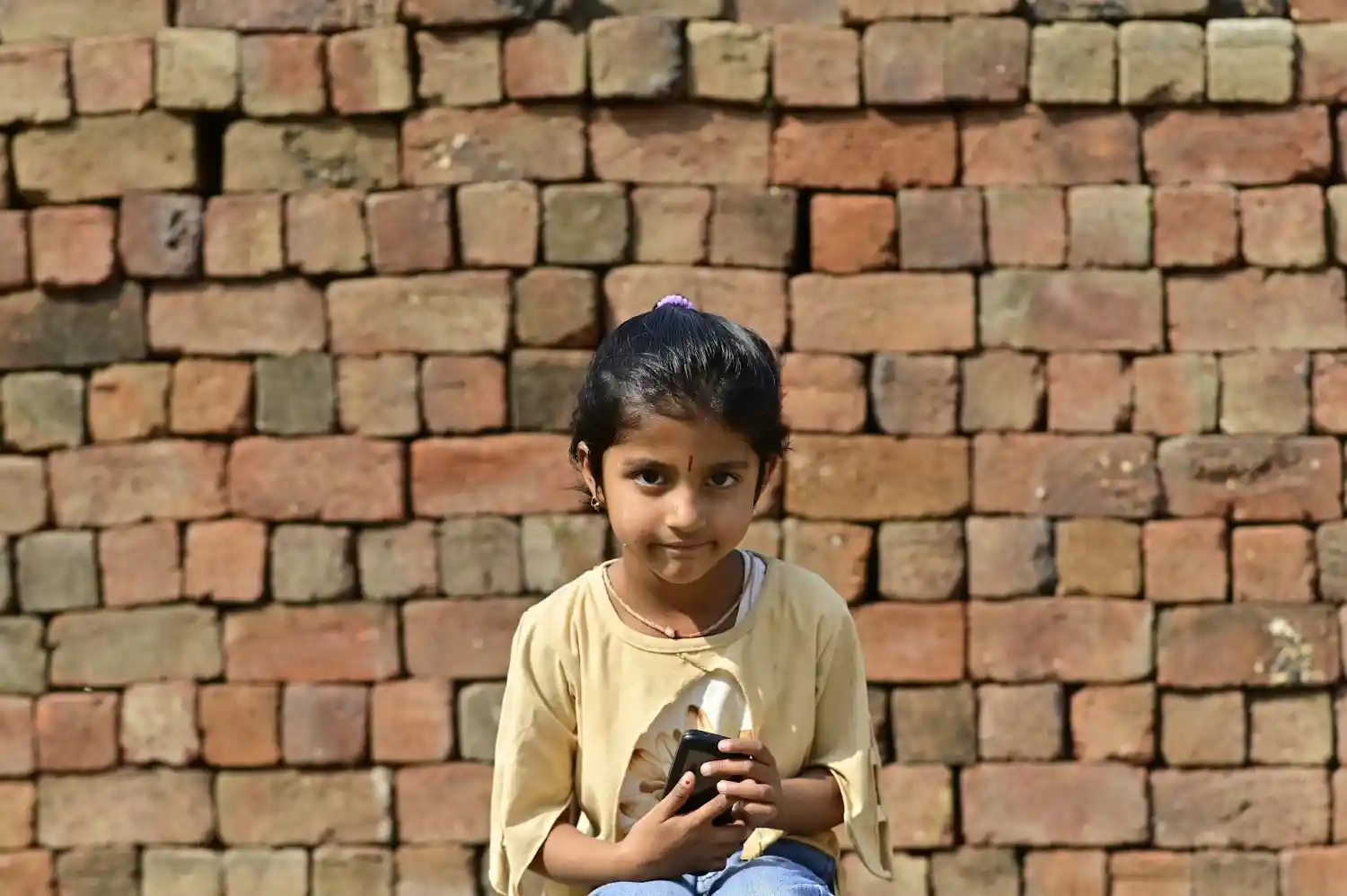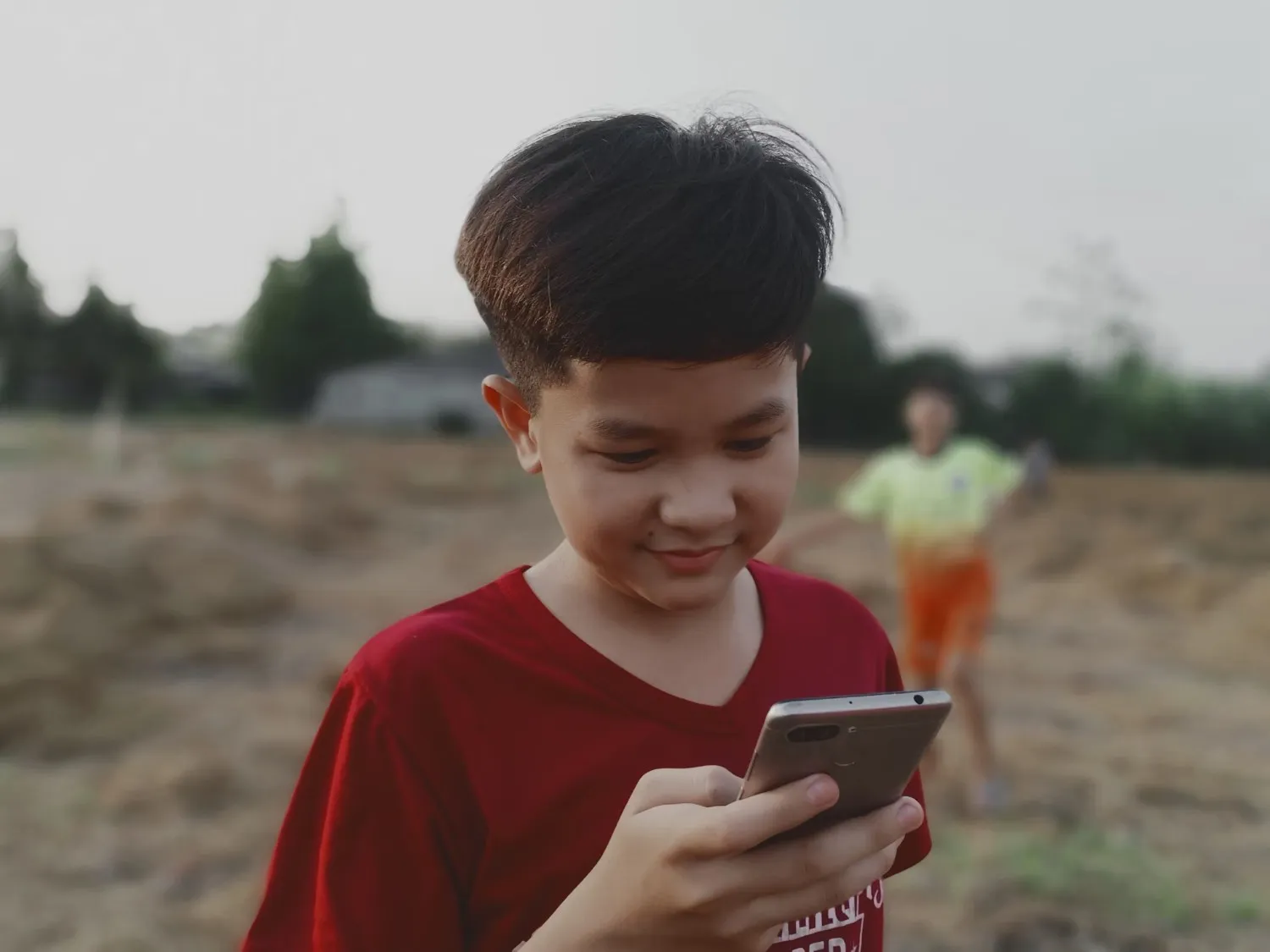Introduction
Imagine a classroom where every child, regardless of ability or background, thrives. For underprivileged children with disabilities, this vision often feels like a distant dream. Yet, inclusive education can turn that dream into reality. In India, where over 8 million children with disabilities face barriers to education (Census 2011), the Unessa Foundation is leading the charge to make education for all a reality. This guide dives deep into special education, unveils strategies for accessible learning, and shares inspiring stories to empower educators, parents, and communities. Ready to unlock the potential of every child? Let’s explore how.
Why Inclusive Education Matters
Inclusive education isn’t just a buzzword—it’s a movement to ensure children with disabilities learn alongside their peers in mainstream schools. Unlike traditional special education, which often segregates students, inclusive education fosters equitable education by adapting teaching methods to diverse needs. For underprivileged children, this approach is transformative.
“Education is the most powerful weapon which you can use to change the world.” – Nelson Mandela

Why It’s Critical for Underprivileged Children:
- Social Inclusion: Mainstream classrooms reduce stigma, helping children build confidence and friendships.
- Economic Impact: Educated children are more likely to break the cycle of poverty, with studies showing a 10% increase in earnings per year of schooling (UNESCO, 2020).
- Legal Mandate: India’s Right to Education Act (2009) and the Rights of Persons with Disabilities Act (2016) emphasize disability rights and access to barrier-free education.
Yet, underprivileged communities face unique challenges—poverty, limited resources, and cultural biases often amplify exclusion. The Unessa Foundation’s mission is to bridge this gap, ensuring education for all.
To explore how top NGOs contribute to the educational upliftment of children, check out Top 10 Education NGOs in India.
Challenges in Inclusive Education
Underprivileged children with disabilities face a triple burden: disability, poverty, and systemic barriers. Here are the key challenges faced by special needs students:
Stigma and Discrimination:
In rural India, cultural misconceptions about disabilities lead to exclusion. A 2023 X post from an Indian educator shared, “Parents fear their child’s disability will ‘disrupt’ the class, but inclusion benefits everyone.” Overcoming stigma in education for disabled children requires community awareness.
Mental health and emotional resilience play a major role in overcoming these challenges. Discover why emotional well-being in underprivileged students must be prioritized.
Lack of Resources:
Many schools lack assistive technology like braille books or hearing aids. In low-income areas, funding for learning accommodations is scarce.
Teacher Preparedness:
Only 20% of Indian teachers receive specialized teacher training for inclusion (NCERT, 2022). Without skills to manage diverse classrooms, educators struggle.
Infrastructure Barriers:
Over 60% of Indian schools lack ramps or accessible toilets (UDISE, 2023), hindering accessible learning.
“The biggest challenge isn’t the disability—it’s the mindset that sees it as a limitation.” – Anonymous Educator
Strategies for Inclusive Classrooms
Creating inclusive classrooms requires creativity and commitment. Here are best practices for inclusive lesson planning and strategies to support underprivileged students:
Adopt Universal Design for Learning (UDL):
UDL offers flexible teaching methods. For example, use visuals for students with hearing impairments and audio for those with visual challenges. A teacher in Delhi shared, “I use storytelling and tactile models to engage my visually impaired students—it works wonders!”
Develop Individualized Education Plans (IEPs):
An Individualized Education Plan (IEP) tailors goals to each child’s needs. For instance, a child with autism might need sensory breaks, while a child with dyslexia benefits from text-to-speech tools.
Leverage Assistive Technology:
Low-cost tools like smartphone apps (e.g., Voice Dream Reader) or DIY tactile boards make accessible learning affordable. The Unessa Foundation provides tablets with preloaded educational apps to rural schools.
Engage Communities:
Community involvement is key. Organize workshops to educate parents about disability rights and involve them in IEPs. A 2024 Unessa Foundation initiative trained 500 parents in Uttar Pradesh, boosting school attendance by 15%.
Parental stress and student anxiety can hinder effective learning. Explore stress management techniques for students to create a healthier learning environment.
Train Teachers:
Regular teacher training for inclusion equips educators with skills to manage diverse classrooms. Online courses like those from NCERT are accessible and effective.
Pro Tip: Start small—pair a child with a disability with a peer buddy to foster social inclusion. It’s a game-changer!
Role of Policies and NGOs
Government policies on inclusive education in India provide a strong foundation. The National Education Policy (2020) emphasizes barrier-free education, mandating inclusive schools by 2030. The Samagra Shiksha scheme funds education programs for disabled children, including teacher training and infrastructure upgrades.
NGOs like the Unessa Foundation amplify these efforts. Their programs:
- Provide assistive technology to 1,000+ underprivileged students annually.
- Advocate for disability rights through policy dialogues.
- Run community involvement campaigns to reduce stigma.
“Policies set the stage, but NGOs like Unessa bring the vision to life.” – Indian Education Official, 2024
Recognizing the immense contribution of organizations worldwide, here’s a list of the Top NGOs in the World Transforming Lives.
Success Stories of Inclusive Classrooms
Real-world examples inspire action. Here are two success stories of inclusive classrooms:
- Riya’s Journey:
Riya, a 10-year-old with cerebral palsy in a Mumbai slum, was excluded from school due to mobility issues. The Unessa Foundation provided a wheelchair and trained her teachers in learning accommodations. Today, Riya excels in math and inspires her peers. - Rural Rajasthan School:
A government school adopted UDL with Unessa’s support, using low-cost assistive technology like audio books. Attendance for disabled students rose by 20%, and the school became a model for equitable education.
Mental health challenges often accompany physical disabilities. Learn how to recognize and address mental health issues in underprivileged children.
Resources and Tools
Empower yourself with these resources for parents of children with disabilities and educators:
- Books: “Inclusive Education: Perspectives on Pedagogy” by Tim Loreman; “The Power of Inclusion” by Amy McCart.
- Tools: Google’s Read&Write for accessibility; NCERT’s free online inclusion courses.
- Websites: Unessa Foundation (x.ai/unessa), UNESCO’s Inclusive Education Portal.
- Communities: Join X groups like “Inclusive India Educators” for peer support.
Need more insights into mental well-being in education? Read what I realized while supporting mental health in classrooms.
Conclusion
Inclusive education transforms lives, especially for underprivileged children with disabilities. By addressing challenges faced by special needs students, leveraging assistive technology, and fostering community involvement, we can create barrier-free education systems. The Unessa Foundation’s work proves that change is possible—one classroom at a time. Take the first step: advocate for disability rights, support inclusive programs, or share this guide to inspire others. Together, let’s make education for all a reality in 2025.
Want to discover more about impactful NGO initiatives? Visit our roundup of The Power of NGO Websites that are driving change.
💛 Donate to Support Mental Health Programs 💛
Your donation helps us fund:
- Emotional health toolkits for classrooms
- Training sessions for teachers and caregivers
- Mental health workshops and counseling support
- Art and play therapy sessions for children in trauma
Even a small monthly contribution can fund mindfulness materials, journals, or wellness kits for multiple children.
Want to see how effective digital platforms can amplify NGO impact? Check out The Power of NGO Websites: Examples and Key Elements.
















